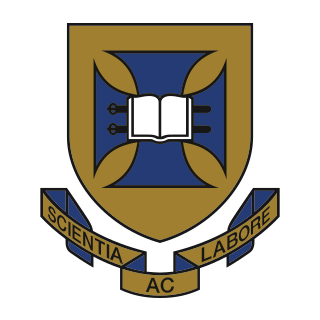
The University of Queensland is a public research university located primarily in Brisbane, the capital city of the Australian state of Queensland. Founded in 1909 by the Queensland parliament, UQ is one of the six sandstone universities, an informal designation of the oldest university in each state. UQ is also a founding member of edX, Australia's leading Group of Eight and the international research-intensive Association of Pacific Rim Universities.
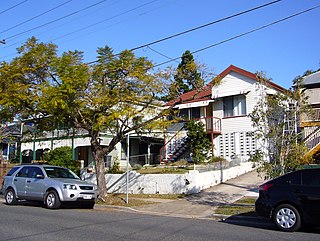
Herston is an inner suburb of the City of Brisbane, Queensland, Australia. In the 2021 census, Herston had a population of 2,311 people.
Michael F. Good was the Director of the Queensland Institute of Medical Research, from 2000 to 2010. He was Chair of the National Health and Medical Research Council.
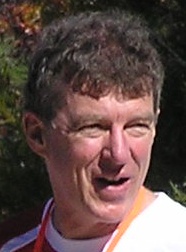
Ian Hector Frazer is a Scottish-born Australian immunologist, the founding CEO and Director of Research of the Translational Research Institute (Australia). Frazer and Jian Zhou developed and patented the basic technology behind the HPV vaccine against cervical cancer at the University of Queensland. Researchers at the National Cancer Institute, Georgetown University, and University of Rochester also contributed to the further development of the cervical cancer vaccine in parallel.

The Prince Charles Hospital (TPCH) is a major teaching and tertiary referral hospital in the northern suburb of Chermside in Brisbane, Queensland, Australia. TPCH is a public hospital operated by Metro North Health, the largest public health service in Queensland Health and in Australia. The hospital is described to be the "leading cardiothoracic hospital in Australia", and is the hub for specialised services including heart and lung transplants, adult cystic fibrosis, adult congenital heart disease and complex cardiac care.

The Royal Brisbane and Women's Hospital (RBWH) is a tertiary public hospital located in Herston, a suburb of Brisbane, Queensland, Australia. It is operated by Metro North Health, part of the Queensland Health network. The hospital has 929 beds, and it is estimated that 65% of the patients served come from within 15 kilometres (9.3 mi) of the hospital. It is the second largest hospital in Australia, and is a major teaching and research hospital.
Clive John Berghofer is an Australian property developer, politician and philanthropist. He was a Member of the Queensland Legislative Assembly, Alderman and Mayor of Toowoomba.
Nicholas Gordon Martin is an Australian behavior geneticist who has published over 1300 peer-reviewed articles on topics including the heritability of religion and intelligence and medical disorders such as endometriosis. Martin is among the most cited medical scientists in the Southern Hemisphere, with a number of citation classics including "Genes, culture and personality: An empirical approach" that he co-authored with Lindon Eaves and Hans Eysenck, "Analysis of the p16 gene (CDKN2) as a candidate for the chromosome 9p melanoma susceptibility locus" (Nature, and "Genetic and environmental contributions to alcohol dependence risk in a national twin sample".
The Australian Institute of Tropical Health and Medicine (AITHM) is an Australian tropical health and medical research institute based at James Cook University (JCU) in Townsville and Cairns, Queensland. Formerly known as the Australian Institute of Tropical Medicine, AITHM was established at JCU in 2008.
Georgia Chenevix-Trench is an Australian cancer researcher who investigates genetic predispositions to cancer.

The Translational Research Institute (TRI) is Australia's first translational medical research institute dedicated to translating scientific discoveries into applications for medical practice.

Elizabeth Nesta "Pat" Marks was an Australian entomologist who described 38 new mosquito species, as well as new species of fruit flies, bugs, cockroaches and ticks. She had a PhD in insect physiology from the University of Cambridge and was a member of the Royal Entomological Society of London.
Health Translation Queensland is the first Advanced Health Research Translation Centre in Queensland, Australia..
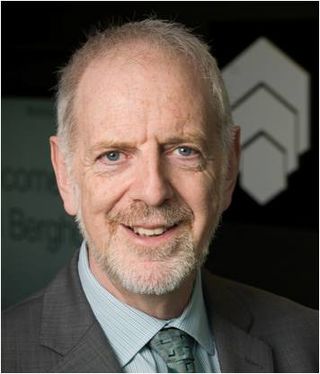
Frank Gannon was the seventh Director of QIMR Berghofer Medical Research Institute in Brisbane, Australia. He is a molecular biologist and has held high-profile appointments in scientific management and research in Ireland, England, the United States, France, Germany and Australia.
Adele Chandler Green is an Australian epidemiological senior scientist at the QIMR Berghofer Medical Research Institute in Brisbane and is the institute's Head of Cancer and Population Studies Group.
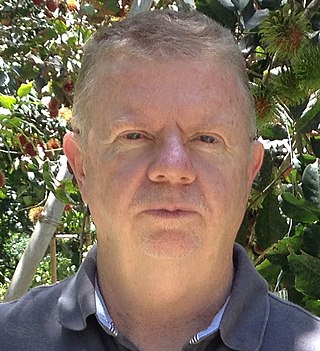
Paul J Brindley is an Australian parasitologist, microbiologist, and helminthologist. He is professor of Microbiology, Immunology, and Tropical Medicine at the George Washington University.
Professor Anne Kelso is an Australian biomedical researcher specialising in immunology and influenza. She is the Chief Executive Officer of the Australian Government's National Health and Medical Research Council (NHMRC).
Sarah Elizabeth Medland is Professor and Psychiatric Genetics Group Leader at the QIMR Berghofer Medical Research Institute in Herston, Brisbane, Australia. She played a major role in the development of the ENIGMA brain imaging consortium.
Fabienne Mackay is a French Australian research immunologist and institutional leader within the Australian medical research, education and innovation sectors. She is the Director and CEO of the QIMR Berghofer Medical Research Institute since 2020, after being the inaugural Head of the School of Biomedical Sciences at the University of Melbourne during the preceding five years. She is also an Honorary Professor at the Faculties of Medicine of the University of Queensland and the University of Melbourne. Her work has attracted public attention for its contribution to the pathophysiological understanding and treatment of lupus and other autoimmune diseases. Mackay has been notably awarded, achieving international reputation for her widely cited research describing B-cell activating factor (BAFF) and other cytokines of the TNF receptor superfamily, and their roles in B cell physiology, autoimmunity and cancer. She is an elected Fellow of the Australian Academy of Health and Medical Sciences.
Berghofer is a surname. Notable people with the surname include:










